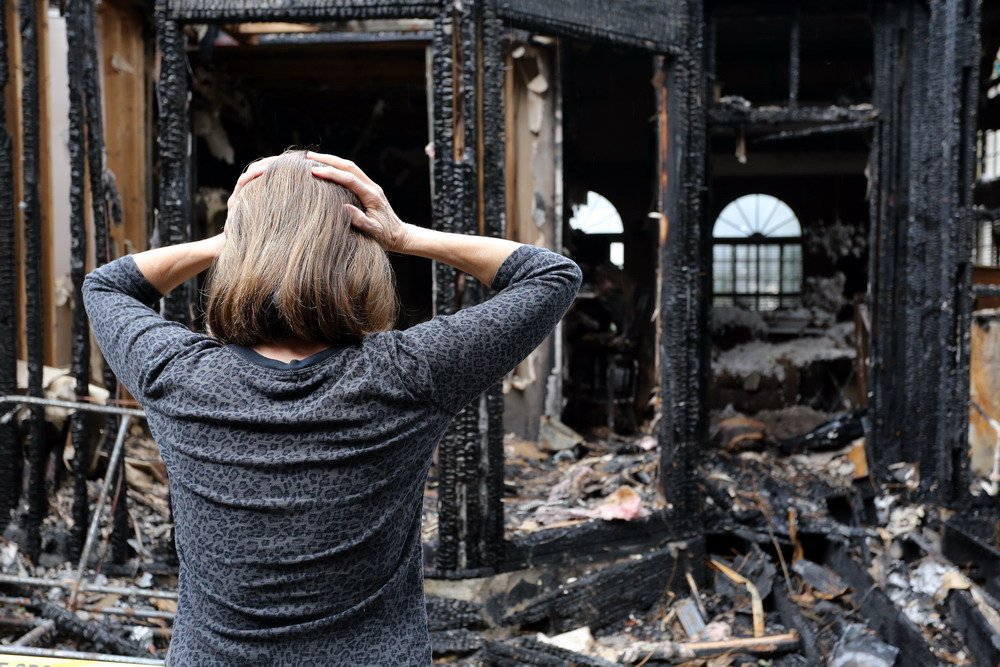Imagine waking up in the middle of the night to the sound of your smoke detector blaring its awful siren. You have but minutes to gather up your family and get out. Hopefully, you will never experience such a scenario. But maybe you will. Thousands of residential house fires occur every year across the U.S.
The U.S. Fire Administration reported more than 1.2 million fires in 2019. Although outdoor fires accounted for the single largest category by volume at just over 40%, residential house fires came in second at just under 30%. House fires are the single largest category among all structure fire categories.
What is the lesson here? That reducing the risk of fire should be a priority in every household. Vivint Smart Home, a nationwide provider of home security and automation equipment, suggests these simple things that anyone can do:
Treat Candles with Caution
It is surprising just how flammable many things in the home are. Take draperies, for example. They burn more easily than most people realize. That’s why it’s so important to treat candles with caution. Whenever you have an open flame, you have the potential to start a fire.
Burning candles should never be placed anywhere near flammable items or substances. They should never be left unattended. Candles absolutely should not be a home’s primary source of lighting.
Use Caution When Cooking
The leading cause of residential fires in the U.S. is cooking. Just under 30% of all residential house fires in 2019 were cooking fires. The best way to avoid a cooking fire is to use extreme caution in the kitchen. For example, never leave pots and pans unattended on a hot stove. When cooking with oil or deep frying, do not leave the kitchen until you are done. Never walk away with hot oil or grease left on the stove.
Avoid Permanent Extension Cords
It is sometimes necessary to utilize an extension cord to plug something in. However, extension cords are not a permanent replacement for standard cords. If a cord is not long enough to reach an electrical outlet, either move the item closer to the outlet or replace the cord with a longer one.
In the same vein, frayed and broken electrical cords are a definite fire risk. They should be repaired or discarded right away. Never plug in a cord that shows signs of damage. If there are ever any questions about the integrity of a cord, do not use it.
Install and Test Smoke Detectors
This final tip will not necessarily prevent fires, but it will give you more time to escape should a fire break out: install and regularly test smoke detectors. It’s a smart idea to install at least one smoke detector in or near the kitchen. Another one in the general proximity of your home’s bedrooms is also smart.
In terms of testing, every six months is the generally accepted rule. Fire departments like to remind consumers to test their smoke alarms and replace the batteries twice a year, at the start and end of daylight-saving time.
According to Vivint Home Security, you can also have smoke and carbon monoxide detectors installed as part of a home security system. When a security system is monitored, you get an extra level of protection thanks to trained monitoring personnel keeping an eye on your home.
Residential house fires are no joke. They cause thousands of deaths and billions of dollars in damage each year. The good news is that most residential house fires can be prevented. The tips in this post offer a good starting point.

